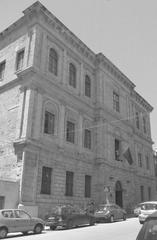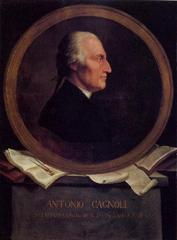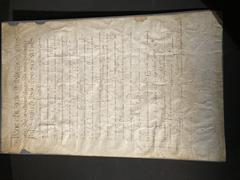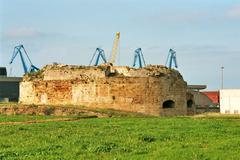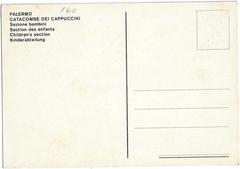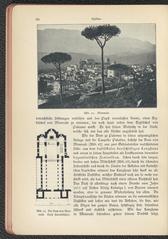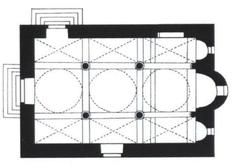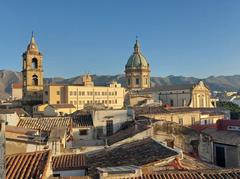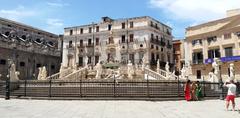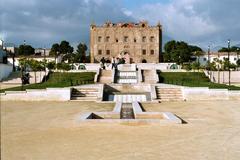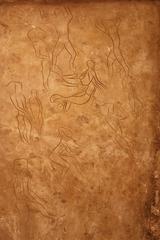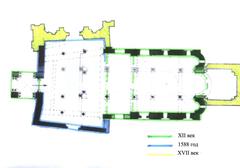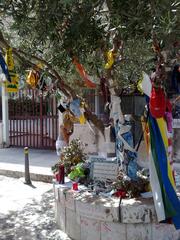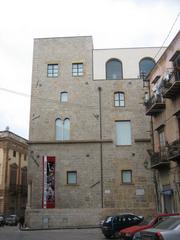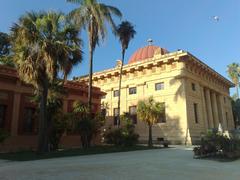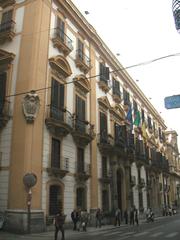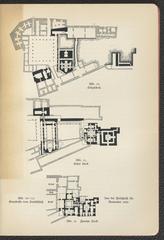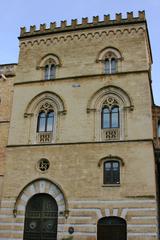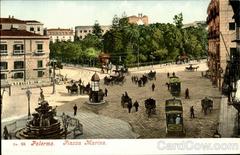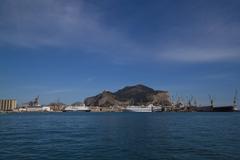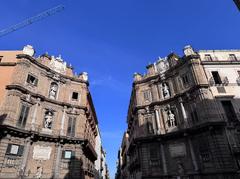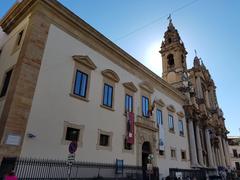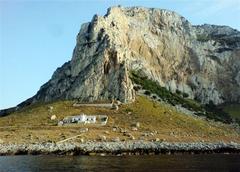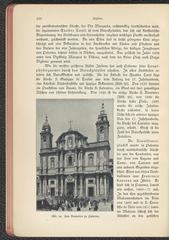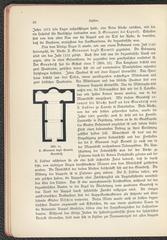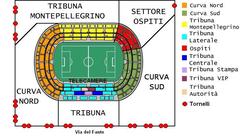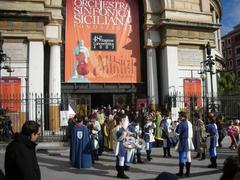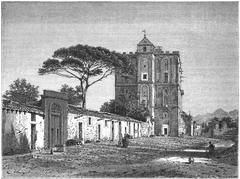
San Francesco d’Assisi Palermo: Visiting Hours, Tickets, and Guide to Palermo’s Historic Church
Date: 04/07/2025
Introduction
San Francesco d’Assisi in Palermo is a cornerstone of the city’s religious, cultural, and artistic history. Founded in the 13th century, this church reflects centuries of architectural evolution and stands today as a vibrant center for worship and community life. With its unique blend of Byzantine, Gothic, Renaissance, Baroque, and Neoclassical styles, San Francesco d’Assisi offers visitors a captivating journey through Sicily’s spiritual and artistic heritage. This guide provides comprehensive information on the church’s history, architectural highlights, visiting hours, tickets, accessibility, and practical travel tips to help you make the most of your visit.
For more historical information and travel details, see Spotting History, Wonders of Sicily, and PalermoViva.
Table of Contents
- Historical Overview
- Architectural and Artistic Highlights
- Religious and Cultural Significance
- Visiting Information
- Travel Tips
- FAQ
- Conclusion
- Further Reading
Historical Overview
Foundations and Franciscan Arrival
The origins of San Francesco d’Assisi date to the arrival of the Franciscan order in Sicily in 1224. Despite initial resistance from local clergy and Saracens, who expelled the friars, papal intervention by Gregory IX ensured the Franciscans could establish a convent in Palermo. By 1235, the friars had converted an old Byzantine fortification into their first church (Spotting History).
Medieval Construction and Resilience
The church’s early years were marked by turbulence. In 1239, Emperor Frederick II ordered its destruction amidst papal conflicts, but reconstruction began in 1255 with support from Bishop Roger of Malta. The Chiaramontan-Gothic façade and main portal were completed in 1302, showcasing pointed arches and elaborate medieval stonework (Wonders of Sicily).
Renaissance and Baroque Transformations
The 15th and 16th centuries saw a flourishing of Renaissance art, most notably in the Mastrantonio Chapel—an early Renaissance masterpiece. Renowned artists such as Francesco Laurana, the Gagini family, and Giacomo Serpotta contributed sculptures, reliefs, and stuccoes that transformed the church’s interior into a virtual gallery of Sicilian art (Reid’s Italy).
Restoration and Modern Status
After suffering earthquake and war damage, San Francesco d’Assisi underwent significant restoration, incorporating Neoclassical elements. In 1924, Pope Pius XI elevated it to the status of Minor Basilica, confirming its importance to Palermo’s religious and cultural landscape (Spotting History).
Architectural and Artistic Highlights
- Chiaramontan-Gothic Façade: Dating to 1302, the façade and rose window are emblematic of Sicilian Gothic architecture.
- Mastrantonio Chapel: Considered the earliest Renaissance work in Sicily, crafted by Francesco Laurana.
- Baroque Stuccoes: The church’s 18th-century embellishments by Giacomo Serpotta, including allegorical statues of the Seven Virtues and Theology, are a highlight.
- Gagini Sculptures: Works by Domenico, Antonello, and Antonio Gagini, including reliefs and Madonnas, decorate various chapels.
- Funerary Monuments: Sarcophagi and funerary stelae for prominent citizens, reflecting centuries-old traditions.
- 15th-century Choir Stalls: Behind the altar, intricately carved wooden choir stalls from 1520.
These features collectively illustrate the church’s evolution through Romanesque, Gothic, Renaissance, Baroque, and Neoclassical eras (Sicile-Sicilia; Christianedirectory).
Religious and Cultural Significance
San Francesco d’Assisi is not just an architectural marvel—it remains a living spiritual center. It serves as an active parish, hosting Masses, sacraments, and major religious festivals, such as:
- Feast of the Immaculate Conception (December 8): The annual procession with the Simulacrum of the Immaculate Conception draws thousands (Spotting History).
- Feast of Saint Francis (October 4): Celebrations and processions tied to the Franciscan calendar.
- Artistic Patronage: The church has long been a hub for artistic innovation and lay devotion.
The church’s history also reflects Palermo’s diverse religious heritage, with architectural elements echoing the city’s Christian, Jewish, and Muslim past (TripsToSicily).
Visiting Information
Opening Hours
- Monday to Saturday: 07:00–11:30 and 16:00–18:00
- Sunday: 07:30–13:00 and 16:30–18:00
Hours may vary during religious festivals or restoration work. Always check ahead (Renato Prosciutto).
Tickets and Donations
- Admission: Free for individual visitors; donations are appreciated to support maintenance and restoration.
- Group Visits: May require prior arrangement and a nominal fee.
Accessibility
- Wheelchair Access: Ramp at the main entrance; some historic areas may have steps or uneven flooring. Assistance can be arranged by contacting the church in advance (Renato Prosciutto).
- Address: Piazza San Francesco d’Assisi, 90133 Palermo, Italy
- Phone: +39 091 582370
Dress Code and Etiquette
- Dress Modestly: Shoulders and knees must be covered; sleeveless tops, shorts, and short skirts are not permitted (Jam Travel Tips).
- Footwear: Wear comfortable shoes due to marble floors and cobbled streets.
- Bags: Large backpacks may not be allowed.
- Behavior: Keep quiet, especially during services. Donations are appreciated.
Guided Tours
- Self-Guided Visits: Free; bring a guidebook or download a Palermo tour app for context.
- Group Tours: Available by prior arrangement with the church office or through local tour operators (GPSmyCity).
Photography
- Allowed: Generally permitted without flash; always check posted signage and respect restrictions (Jam Travel Tips).
Nearby Attractions
- Oratorio di San Lorenzo
- Oratorio dell’Immacolatella
- Palermo Cathedral and Quattro Canti are within walking distance.
- Antica Focacceria San Francesco: Sample Sicilian street food in the piazza (PalermoWeb).
Facilities
- Restrooms: May not be available inside; plan accordingly.
- Shops/Refreshments: Cafés and shops in the piazza.
Travel Tips
- Arriving: Best reached on foot from the historic center or by public transport (buses along Via Maqueda).
- Parking: Limited in the area; use public lots and walk (WeArePalermo).
- Language: Some staff speak English; basic Italian is helpful.
- Safety: Palermo is generally safe, but be mindful of pickpockets in crowded areas.
- Seasonal Notes: Summers are hot—bring water and sun protection.
- Siesta: Many local businesses close mid-afternoon.
FAQ
Q: Is there an entrance fee?
A: No, admission is free; donations are welcome.
Q: What are the opening hours?
A: Monday–Saturday: 07:00–11:30 and 16:00–18:00; Sunday: 07:30–13:00 and 16:30–18:00.
Q: Is the church wheelchair accessible?
A: The main entrance has a ramp; some historic areas may be less accessible.
Q: Are guided tours available?
A: Yes, by prior arrangement.
Q: Can I take photographs?
A: Yes, but without flash and where permitted.
Q: Are there special events?
A: Major events include the December 8th procession and the October 4th Feast of Saint Francis.
Conclusion
San Francesco d’Assisi Palermo is much more than a magnificent church—it is a living monument to centuries of faith, art, and community. Whether you are drawn by its Gothic façade, Renaissance chapels, or vibrant religious traditions, a visit here offers insight into the very soul of Palermo. Plan ahead to make the most of your experience, and don’t miss the chance to explore nearby attractions and savor Sicilian cuisine in the surrounding piazza. For an enriched visit, consider downloading the Audiala mobile app, which offers interactive guides and the latest updates on Palermo’s historical sites.
For further information or to plan your visit, consult PalermoViva, TripsToSicily, and PalermoWeb.
Further Reading
- San Francesco d’Assisi Palermo: History, Art, Visiting Hours & Travel Tips (Spotting History)
- San Francesco d’Assisi Palermo: Architectural Marvel and Visitor’s Guide (Sicile-Sicilia)
- San Francesco d’Assisi Palermo: Visiting Hours, Tickets, and Historical Significance (PalermoViva)
- San Francesco d’Assisi Palermo: Visitor Information and Practical Tips (Renato Prosciutto)
- San Francesco d’Assisi Palermo: Architectural Details (Christianedirectory)
- San Francesco d’Assisi Palermo: Restoration Studies (Springer)
- San Francesco d’Assisi Palermo: Local Travel Tips (WeArePalermo)
- San Francesco d’Assisi Palermo: Visitor Tips and Etiquette (Jam Travel Tips)
- San Francesco d’Assisi Palermo: Overview and Visitor Info (Wonders of Sicily)
- San Francesco d’Assisi Palermo: Palermo Historical Churches (Trips To Sicily)

